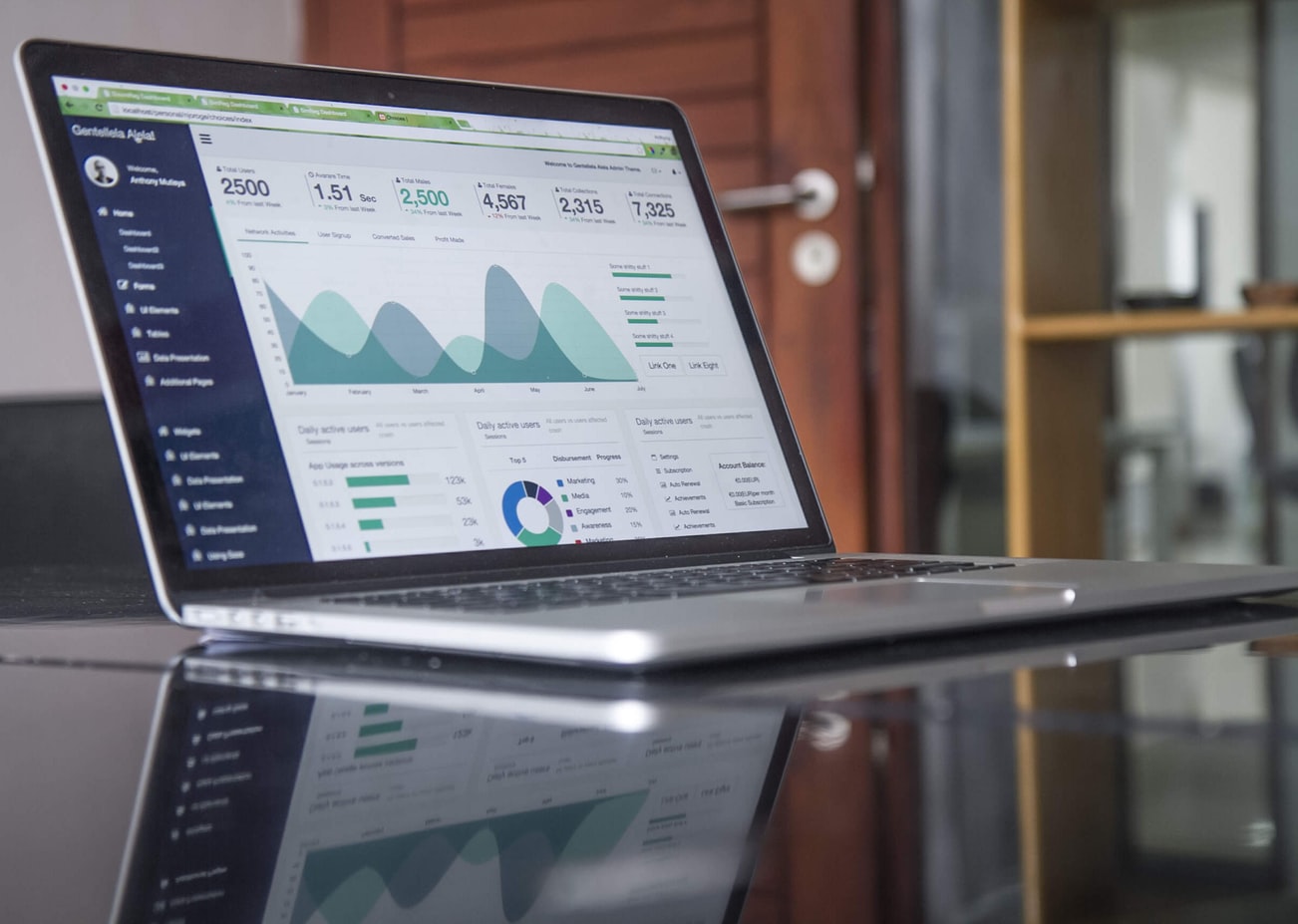How to use Power BI on Mac Devices
Power BI is a powerful tool, but it doesn't support MacOS. We discuss three solutions to use Power BI on Mac devices.

Power BI is a powerful BI tool, but it sadly doesn't support Mac devices.
A couple of years ago, I was working for a company where 90% of our staff had a MacBook and loved it, but there was no way for our Data Team to work with Power BI to build out reporting. Then we turned to another tool named Holistics, a cloud-based one.
In this post, I will share my experiences implementing Power BI on Mac OS, which I hope is helpful to you if you are looking for a solution.
Disclaimer: I fell in love with Holistics at the previous company, and am now working for Holistics!
Our 5 solutions for running Power BI on Mac
Since Power BI can't run on a Mac, here are our recommendations to run Power BI on Macintosh Devices.
- Install and run Power BI on a Cloud Virtual Machine, then remote in to that Virtual Machine.
- Install and run Power BI on a PC, then use a remote viewer to control that PC.
- Use an alternative BI solution.
- Install Windows on Mac using Boot Camp
- Install Windows on the Local Virtual Machine
Power BI's support for Mac Devices
To give you a little context about Microsoft's plan on supporting Power BI on Mac devices, they are not considering developing Power BI desktop for Mac devices anytime soon.
You can also visit this link to keep track of their upcoming plans. However, as of Mar 2024, there's still no MacOS native application for PowerBI.

If you're not a Microsoft shop, check out Holistics. It provides similar analytical features to Power BI but adds a code-first self-service layer and Git version control for better flexibility and maintainability.
1. Run Power BI on a Cloud Virtual Machine
You can set-up a Windows Virtual Machine on Azure, Google Cloud or AWS.
- Azure: https://azure.microsoft.com/en-us/services/virtual-machines/ (starting from $61/month)
- AWS: https://aws.amazon.com/getting-started/tutorials/launch-windows-vm/
Then you install and run Power BI on that Virtual Machine.
Finally, install Microsoft Remote Desktop for Mac on each device to give your team access to that VM.


There are a couple of disadvantages to this approach, however:
- It's difficult to control permission access and version history.
- You can only have one person working on a machine at a time, since Power BI for desktop is not a collaborative tool.
2. Run Power BI on a PC then remote in to that PC
It's a little bit the same with the first method, however, this time, you use a physical machine.
You set-up a Windows PC, install and run Power BI on that PC.

Install TeamViewer, AnyDesk, or MS Remote Desktop to give people access to that PC and use Power BI from their Macs.

Cons: same with the first method, and you have to maintain a physical PC.
3. Use other alternative BI tools
Power BI is powerful — it helps your team consolidate data and build dashboards and reports with a powerful data modeling layer. It's not easy to find a great tool in the market to replace Power BI, but here are two alternative solutions I recommend which is 100% cloud-based, can replicate its functionalities, and in some cases do even more.
For Power BI vs other BI tool comparison articles, check them out here:
- Top 5 Alternatives to Power BI: A Detailed Comparison
- Power BI vs Google Data Studio
- Power BI vs Looker
- Power BI vs Tableau
1. Holistics
Holistics is a powerful self-service BI (business intelligence) platform that allows non-technical user to create their own charts, without writing SQL. Data team can save time by setting up a reusable and scalable data analytics stack, with minimal engineering resources.
It not only gives data analysts and data engineers a powerful SQL-based data modeling approach, but it also helps them minimize writing SQL queries and automate reporting. Holistics is also designed to empower non-technical users to get insights with a strong self-service analytics offering.
Read more here on how Holistics compares with Power BI or start a free 14-day with Holistics now! No credit card required.
2. Looker + StitchData

Looker is a business intelligence and big data analytics platform that helps you explore, analyze and share real-time business analytics easily.
Looker is also a powerful server-based Data Modeling BI tool, however, they don't support Data Transforms and Data Imports, so you will need another tool for that called StitchData. Together, you get all the power of Power BI with none of the Windows lock-in.
4. Install Windows on Mac using Boot Camp
Boot Camp is a utility that helps you install Microsoft Windows 10 on your Mac, then switch between macOS and Windows when restarting your Mac.
You can learn more about how to use it here.
5. Install Windows on Local Virtual Machine
Fusion Pro is now free for personal use, you can use this software or similar ones to install Windows VM on your Mac devices.
Conclusion
I like Power BI's product, but it is difficult to keep using Power BI given that the tool is built exclusively for the Windows Desktop. Instead of allowing your data team to work collaboratively, your data pipeline will depend on Windows. This is difficult and restrictive if your organization works primarily on Mac.
The upshot here is that if you do not use a Microsoft-stack in your organization, a 100% cloud-based solution would be a better fit for your needs.
What's happening in the BI world?
Join 30k+ people to get insights from BI practitioners around the globe. In your inbox. Every week. Learn more
No spam, ever. We respect your email privacy. Unsubscribe anytime.
